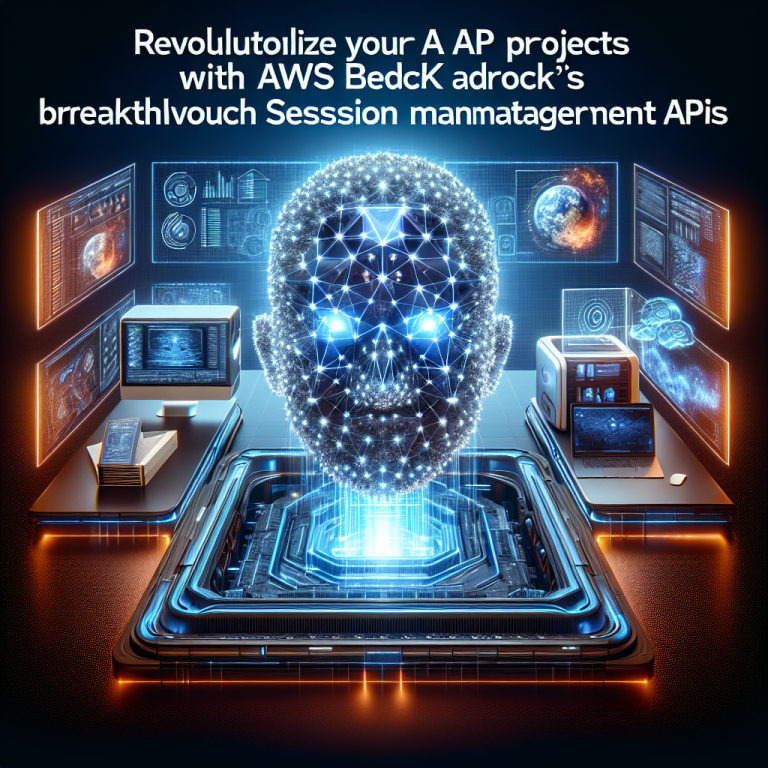The Transformative Power of Linux Containers: Shaping the Future of Technology Through 2025 and Beyond
The Future of Linux Containers: Navigating Towards 2025 and Beyond
As we move into 2025, the landscape of technology continues to evolve at an unprecedented pace. One of the most compelling developments in this arena is the growing relevance of Linux containers, especially with the integration of artificial intelligence (AI) and machine learning (ML). Sandra Henry-Stocker, a seasoned expert in Linux and a vital contributor to the discourse on technology, explores these trends, with a spotlight on RedHat’s initiative—the RamaLama project.
Merging AI with Containers
The RamaLama project represents a significant leap in making AI more accessible to developers and system administrators. It focuses on providing a streamlined approach to running AI models through Linux containers. By detecting GPU support upon launch and using a container engine like Podman or Docker, developers can effortlessly pull images that contain all necessary components to execute AI models. The overarching idea is simple yet revolutionary—making AI "boring." This statement emphasizes that while running AI models may seem complicated, the tools and processes are becoming increasingly user-friendly, opening doors for wider adoption.
The Shift to Serverless and Edge Computing
The future of Linux containers also intertwines with the concepts of serverless computing and edge platforms. The natural progression towards lightweight and portable solutions allows developers to leverage the simplicity of serverless technologies while maintaining the customization and control available in traditional container deployments. This evolution ensures that systems remain agile and efficient, catering to the dynamic needs of organizations across various domains.
Adapting Standards and Practices
In the coming years, we can anticipate a rise in standard practices within the container ecosystem. For example, the Open Container Initiative (OCI) is set to gain traction, promoting best practices such as container registries, image signing, and GitOps workflows for application development. The focus on bootable containers—self-contained images that can boot directly into an operating system or application environment—will further simplify the deployment process, enhancing productivity for development teams.
The Role of Cloud Platforms
Cloud platforms have become the primary stage for AI experimentation and container development because they provide scalability and flexibility in deploying both AI and ML services. With a global network of data centers, cloud platforms ensure low-latency access and adherence to regional compliance regulations. Furthermore, as organizations move towards collaboration-focused development environments, staying agile and efficient with shared storage solutions will become increasingly crucial.
Embracing Change and Innovation
The intersection of Linux containers with emerging technology trends indicates that these tools will play a foundational role in addressing complex problems across industries. As we envision the future of application development, we can expect Linux containers to evolve, adapting to technological advancements while simplifying the deployment process.
In conclusion, the realm of Linux containers is an exciting space to watch. As we gear up for 2025 and beyond, it's evident that the combination of containers with AI, serverless technology, and cloud platforms will reshape how we develop, deploy, and manage applications. For those invested in the future of technology, this is truly a thrilling time to buckle up!
By showcasing insights from industry experts like Sandra Henry-Stocker and emphasizing the potential impact of Linux containers in technology, we can help readers feel informed about the evolving landscape of IT and inspire them to stay ahead of the curve.






